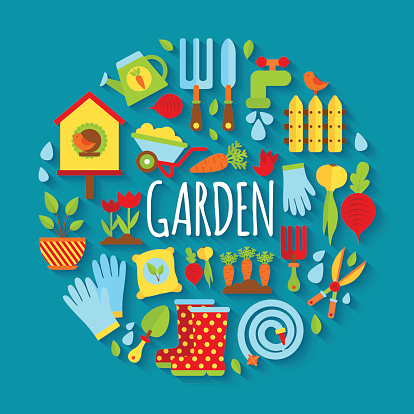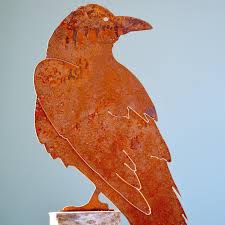You’ll have to click the article for the 10 tips!
Whether you’re greening your backyard, balcony or back paddock, our tips for plastic free planting not only reduce waste, they can save you money too.
Avoid accumulating black plastic seedling trays or punnets and save money by raising your own baby plants from seed! Seed is often sold in paper packets that can be recycled or composted - no plastic.
Our tips so far have generally been cheap as well as plastic free - this tip is about when it pays to spend more.
Rather than buying compost and other soil improvers in packaging, a plastic free option is to try making your own, enlisting the help of worms and other decomposers! A healthy compost heap is a great asset, transforming your food waste into a nutrient-rich resource for free.
These are just a few tips to get you started - but we’re sure you can come up with quite a few of your own plastic free ideas for greening Australia.
I do pretty much all of those - except unfortunately buying bulk composts etc. I would prefer not to buy bags, but the only option with bulk deliveries is to move my car and have the truck dump everything on the driveway (which also blocks the only access via foot) and I am then trapped inside until I move everything by hand down to the back of the house. I’ve done it once, and it was extremely exhausting. I’d like to have access to more supplies that were packaged sustainably, for an industry that should be environmentally conscious gardening supplies seem to be very plastic heavy. The best option I have come up with is a horse farm I can collect manure in tubs to compost, but I’m not sure if the increased travel to pick it up is better or worse than a plastic bag. I do compost and process everything I can on site, but with very sandy soil it is hard to provide enough nutrients to keep things growing well at this stage. I’m hoping I can improve the soil strucure enough that in future it won’t need as much brought in.
As well as the paper pots I have been using compostible coffee cups for raising seedlings which works really well with a few holes punched in the bottom. I’m still experimenting but I’m hoping that having moist soil in them for a long time will mimic the type of pre-processing the commercial facilities use and make the cups compostable at home at the end of their life as a pot - the coating did seem to be breaking down. It would be better if people would re-use cups instead, but these are being provided at my workplace so I have been collecting them there. I have also been using the disposable bamboo cutlery for labels, but the writing becomes too hard to see when they get wet.
I also have a very healthy bamboo patch that supplies me with stakes and poles for garden structures, and the cut leaves provide material for my paths.



